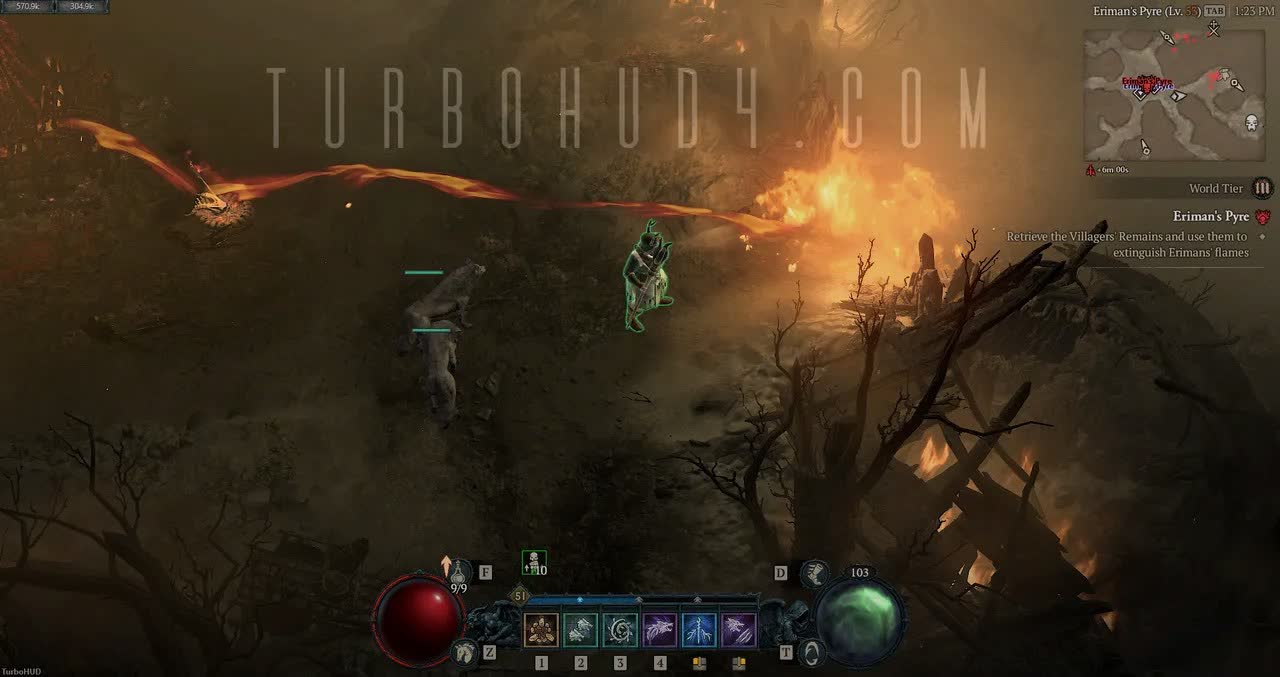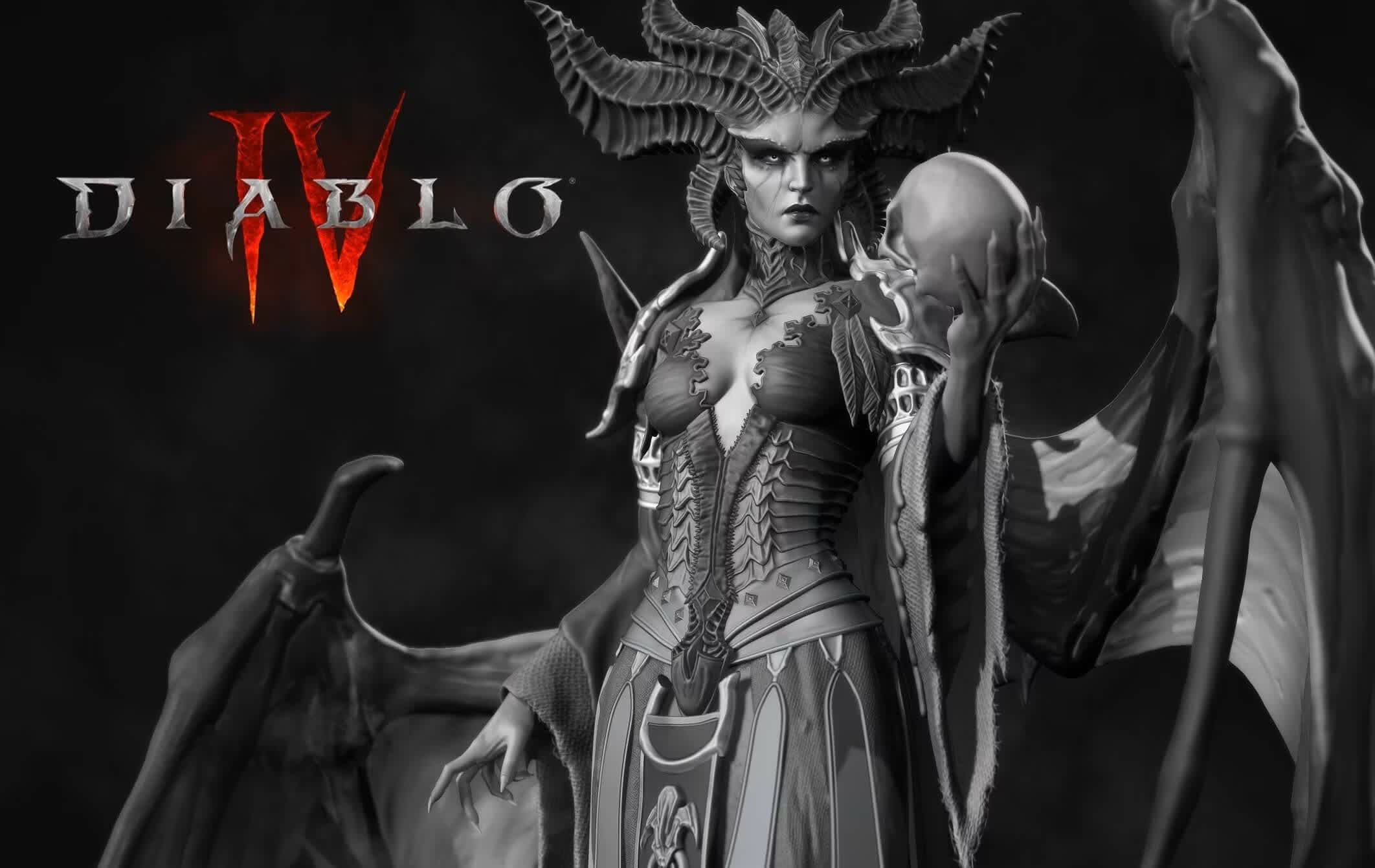A hot potato: One of the most controversial aspects of the last two mainline Diablo titles is that Blizzard made them online only, even in single-player mode. One effect of the decision is that they don't allow modding, which to some fans was a cornerstone of the classic Diablo II experience and remains a core appeal of PC gaming
Blizzard recently stressed that using any mods in Diablo IV is forbidden. All mods, no matter how benign their effects, are treated the same as cheating, and can lead to permanent account suspension.
As an example of a mod that doesn't necessarily give players an unfair advantage, the company specifically highlighted TurboHUD for Diablo IV, which expands customization options for the game's user interface. With an extensive plugin manager, it can change how players see the game map, resources, missed items, aspect names, and performance data. However, the mod isn't free. It's only available through the developer's Discord server and requires a $12 monthly subscription, another likely deterrent for many players on top of the risk of losing their accounts.
Blizzard explains that because everyone playing Diablo IV is playing it online, any mod could adversely affect other players' experience. The same was true for Diablo III, which made that title controversial over a decade ago.

Another significant downside of the internet requirement became apparent when a June DDoS attack made Diablo IV unplayable for all owners, even those not interested in the multiplayer mode. Blizzard and Activision have extended the online requirement to non-Diablo games with single-player gameplay like Crash Bandicoot 4: It's About Time and the last few Call of Duty entries. The constant-connection DRM extends to the Steam versions of the affected Call of Duty titles.
The only Blizzard games allowing offline gameplay are StarCraft II and remasters of the company's classic titles like StarCraft: Remastered, Warcraft III: Reforged, and Diablo II: Resurrected. Luckily, the new version of Diablo II also allows mods. Plenty are available to rebalance the single-player mode to each player's liking.
The company's current policy contrasts starkly with how it treated StarCraft II modding over a decade ago, giving users extensive editing tools and revealing custom game modes it made with them. One ambitious modder used the toolset to build a complete Diablo RPG within StarCraft II.
